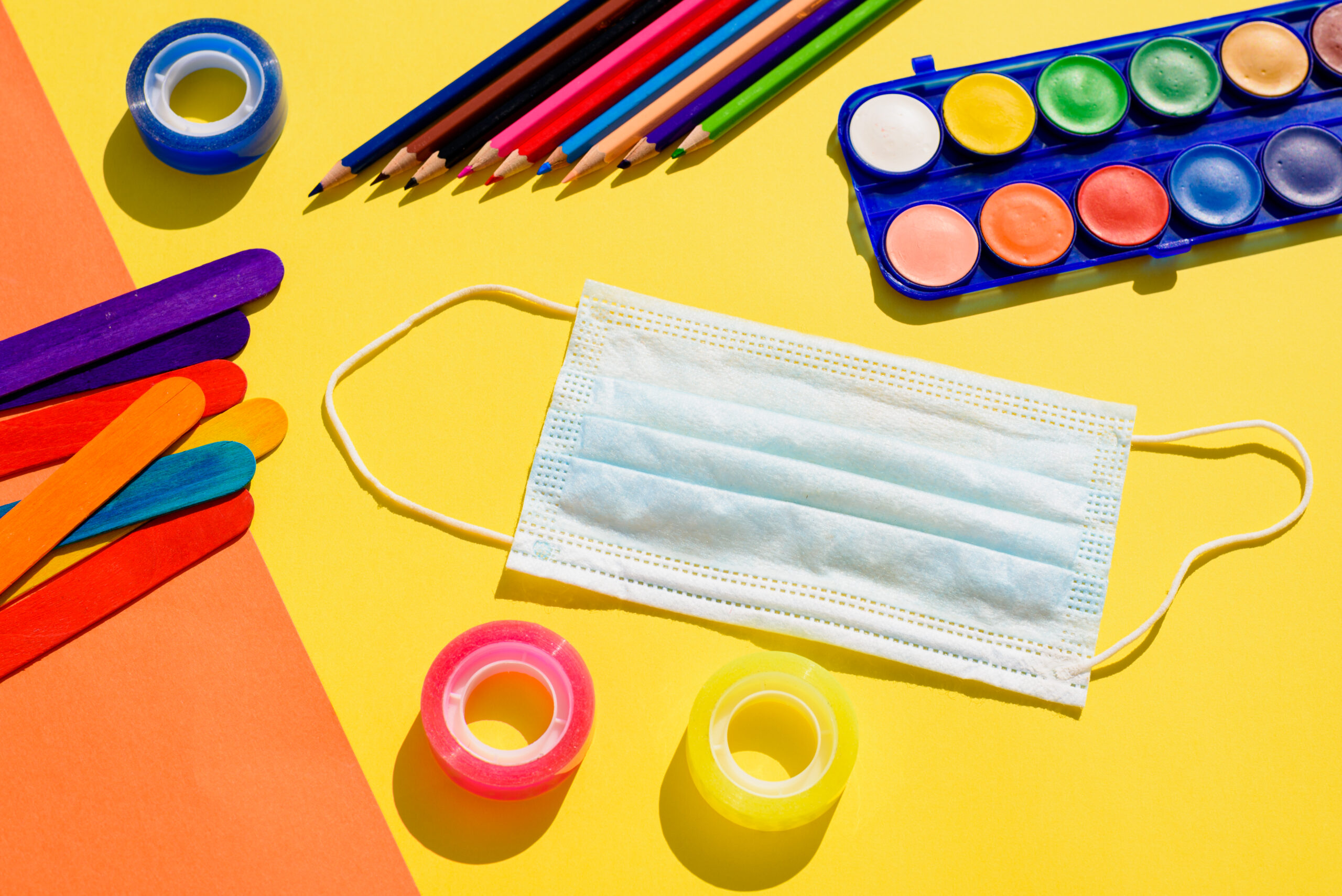The fifth layer, and the focus of this post, is listening. Other blog posts discuss the other layers that include image of the child, time, space, materials, documenting and planning.
What Does it Really Mean to Listen?
A few years ago, I stumbled across a series of videos on full-day kindergarten in Ontario, Canada (www.edugains.ca). There were a lot of things to notice in the videos, but what stood out most was how these five-year olds talked and were able to share their thinking with their teacher and classmates.
I continued watching the videos with a new focus, trying to figure out what it was the teacher was doing that led to that level of communication. I wondered how she began in September and if there was a list of prompts that she used.
It wasn’t until recently that I realized it probably had less to do with how the teacher spoke and more about how she listened.
The Teacher-Student Exchange
In the above mentioned workshop, I got the opportunity to observe a teacher/student exchange firsthand. Joanne interviewed her former student about her kindergarten portfolio.
What I observed during their conversation was the noticeable pause that followed the child’s response to Joanne’s questions.
Joanne didn’t rush in with a return comment or quickly ask the next question. Instead, she provided “wait time,” possibly to ensure that the child was done speaking or to give the audience time to process the child’s response.
In either case, her approach seemed to elevate the student’s words. I’m not sure if this was intentional on Joanne’s part, as the focus of this session was on portfolios, but the mutual respect that I witnessed gave me insight into how I might better listen to my students.
Examining My Own Habits
It never occurred to me to consider my own listening habits.
I now realize that being a good listener isn’t just for the children. It is an intentional teacher mindset that is vital to knowing my students and creating a classroom environment where my children feel seen and heard.
Thanks for stopping by!




 Curious Classroom Book Study: Hang Out With an Expert
Curious Classroom Book Study: Hang Out With an Expert 25 Ideas, Resources, and Projects for Learning Together in May
25 Ideas, Resources, and Projects for Learning Together in May Curious Classroom Book Study: Pursue Kids’ Questions with Mini Inquiries
Curious Classroom Book Study: Pursue Kids’ Questions with Mini Inquiries Reopening Schools: What Teachers Might Discover!
Reopening Schools: What Teachers Might Discover!